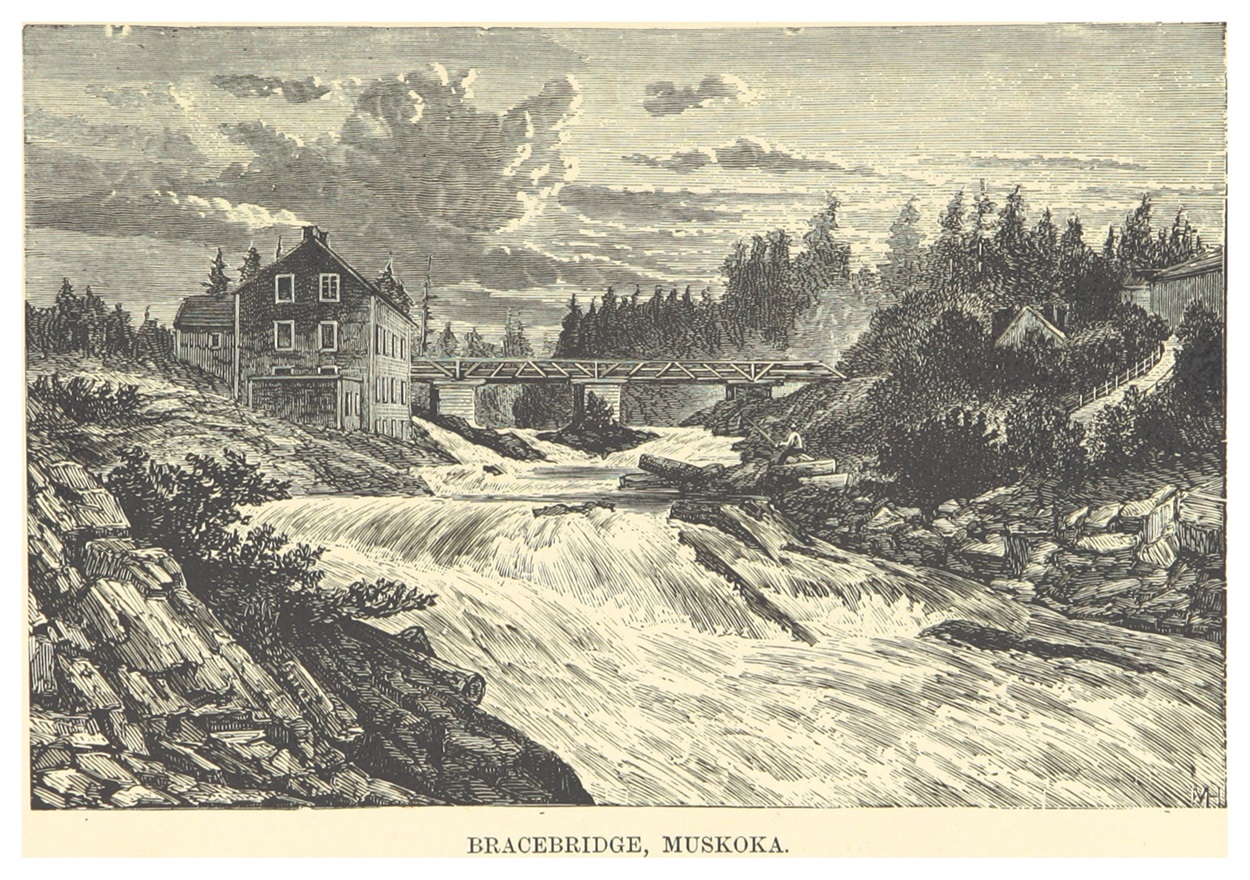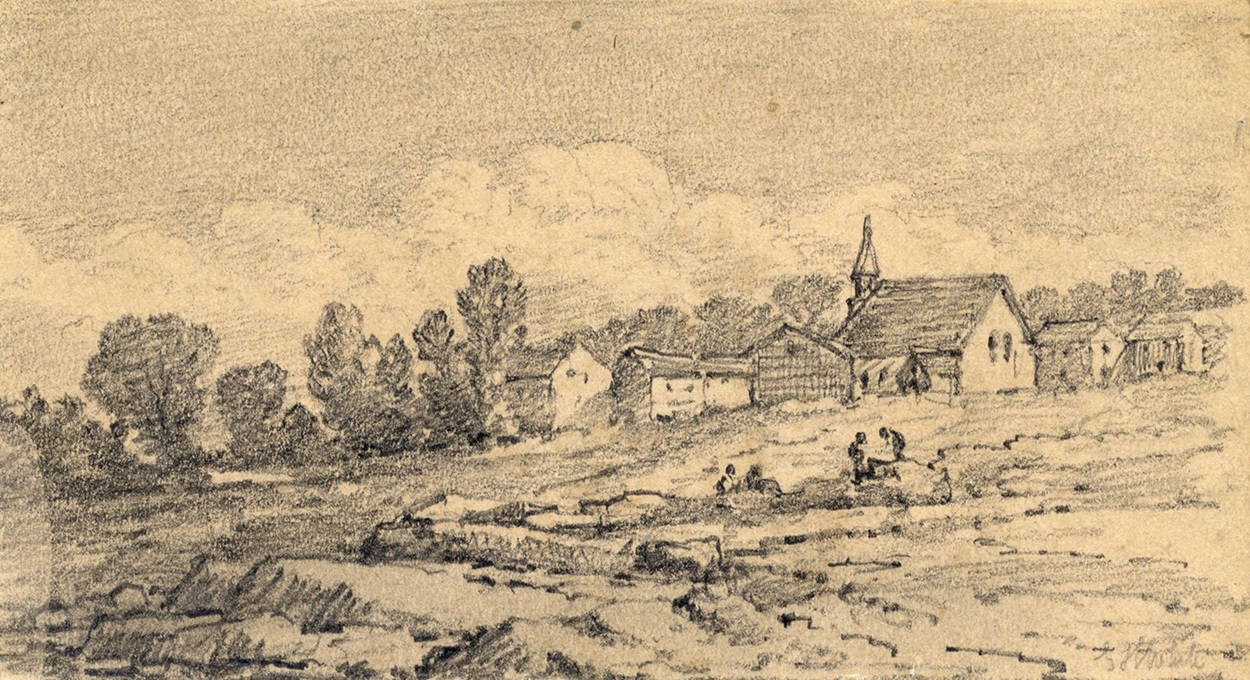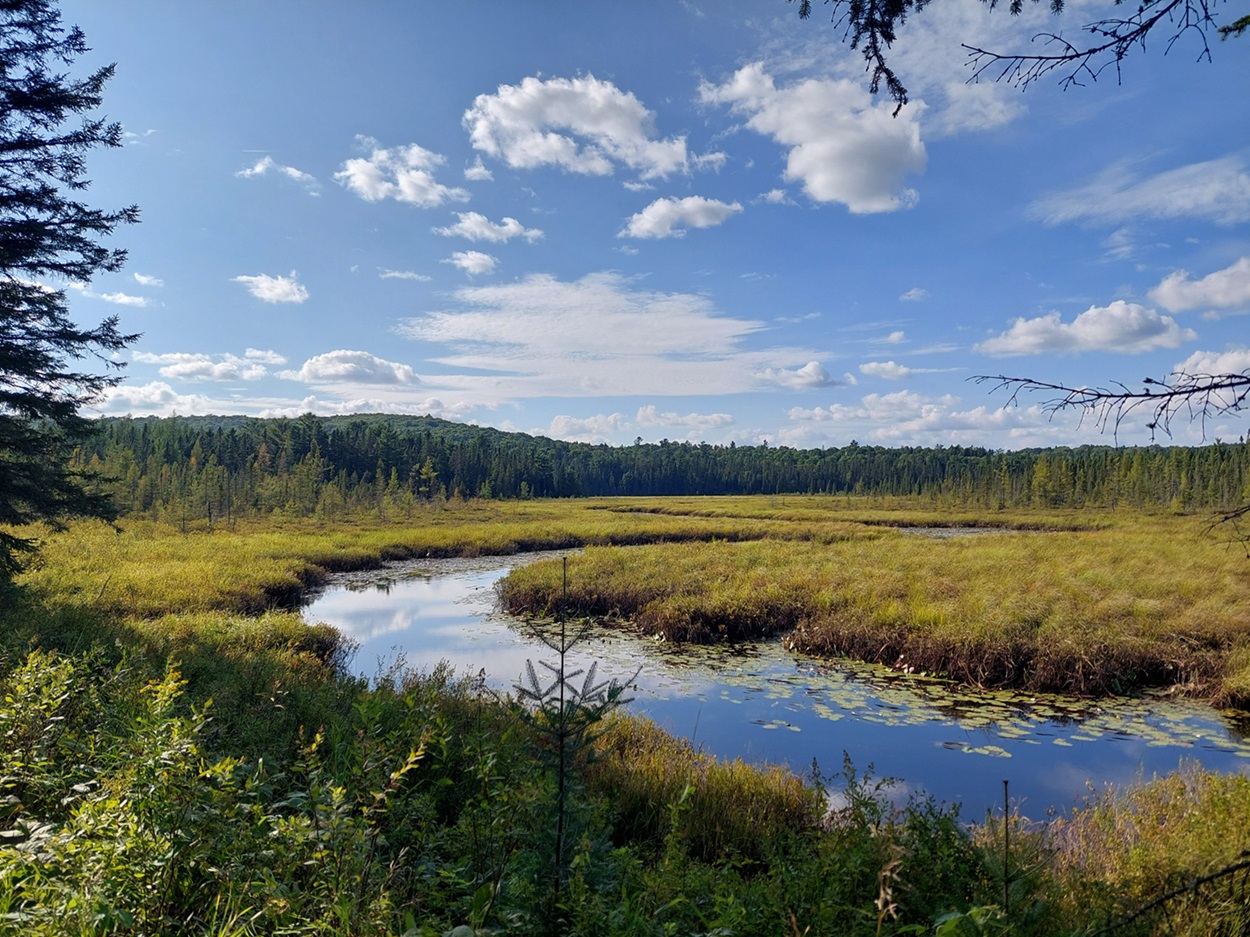Bracebridge, Ontario, incorporated as a town in 1889, population 17,305 (2021 census), 16,010 (2016 census). The Town of Bracebridge is located in the District Municipality of Muskoka, on the north branch of the Muskoka River.
History
In 1860, John Stoughton Dennis brought his survey party by canoe to the vicinity of the falls in Bracebridge. The location was advantageous as a convenient crossing (a rough-hewn bridge was built close to the falls) and as a source of water power.

The first inhabitants of the town were an advance party working on the Muskoka Road. In 1864, North Falls, as it was called, was renamed by W.D. Lesueur, the secretary of the PO, likely from Bracebridge Hall, the novel by Washington Irving. Bracebridge was incorporated as a village in 1875; by 1889, when it acquired town status, the population had risen to 1,600, and industries included two large tanneries (using local hemlock for tanning hides), a grist mill, a woollen mill, a flour mill and a sawmill—all taking advantage of the ample water power.
In 1865–1866, the first steamboat, the Wenonah, was built, and there was stagecoach service to Parry Sound. The railway first arrived in 1886. Bracebridge's first newspapers were the Northern Advocate and the Herald Gazette (1872); the present newspapers are the Bracebridge Examiner (1975) and the Bracebridge Times (1996). Bracebridge was amalgamated with parts of three other townships and annexed parts of 3 others to form the Town of Bracebridge Area Municipality.

Economy
The town contains the courthouse, registry and administration building for the District Municipality. Manufacturing industries have included wire and cable, industrial belting, cement, lumber and automotive products. Bracebridge also shares in the tourist industry of the region.
On 1 October 1894, the town took possession of a private electric generator constructed on the Upper Falls in 1892, becoming the first municipality in Ontario to own and operate a water power electric-generating station. A second plant was opened at the foot of the lower falls in 1902, and with two other plants upstream, continues to supply the town with power.


 Share on Facebook
Share on Facebook Share on X
Share on X Share by Email
Share by Email Share on Google Classroom
Share on Google Classroom



